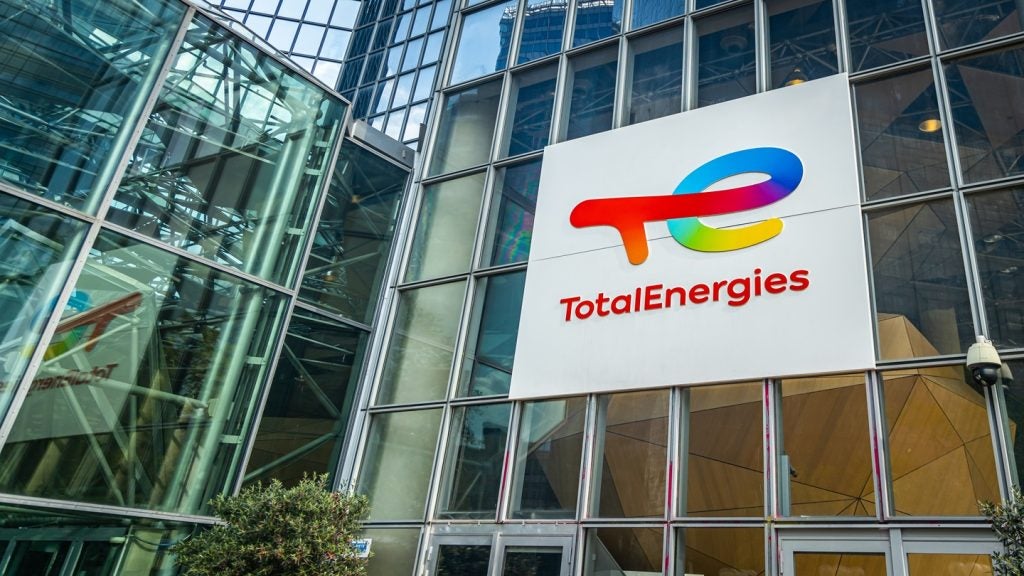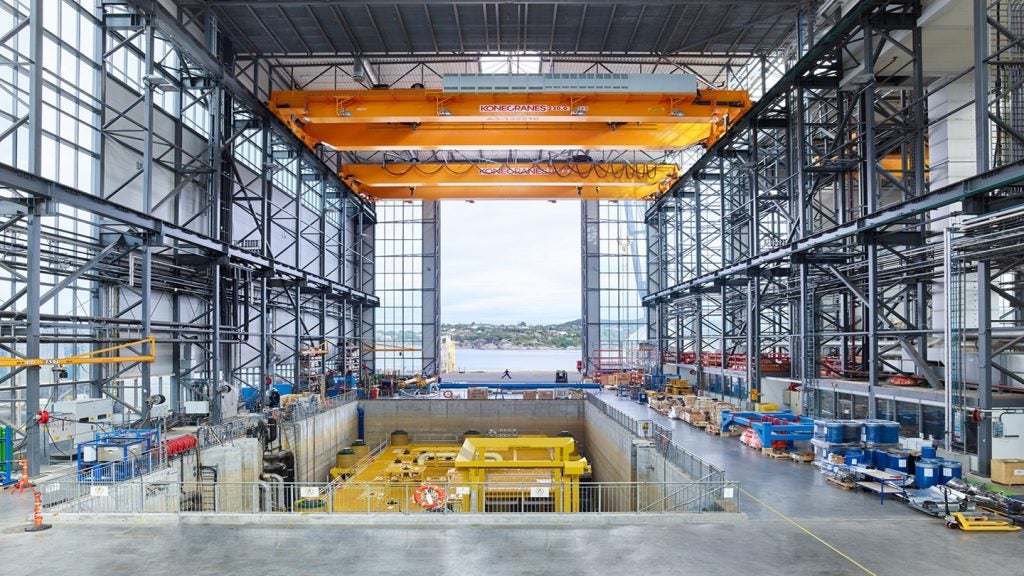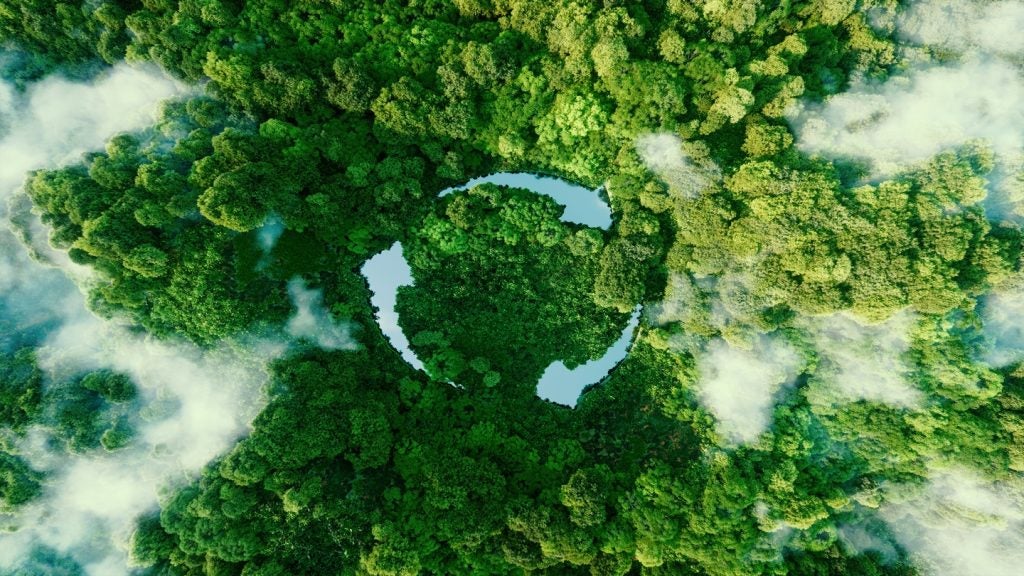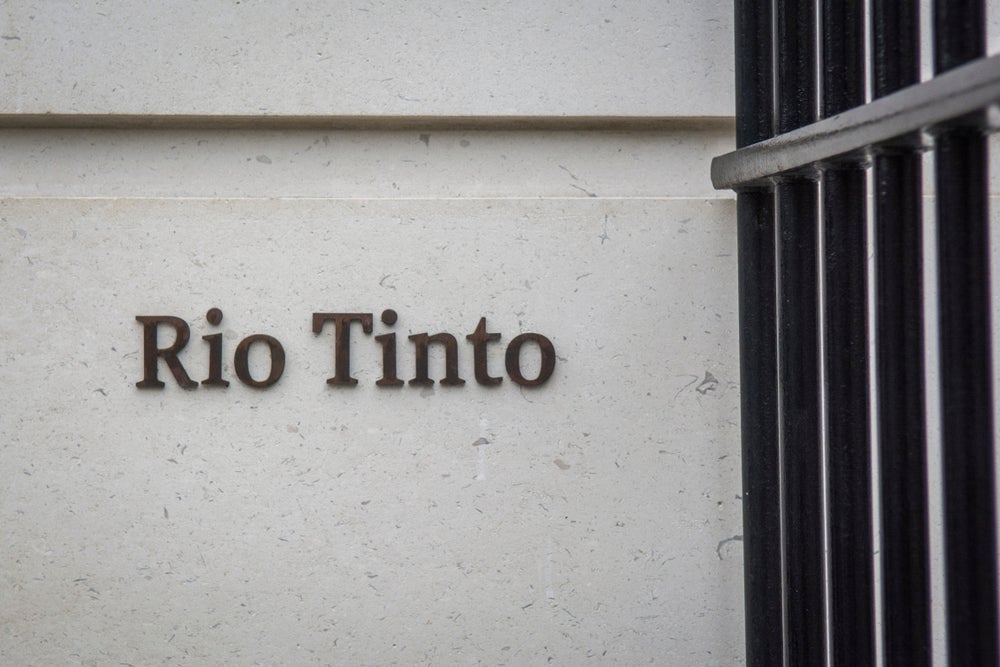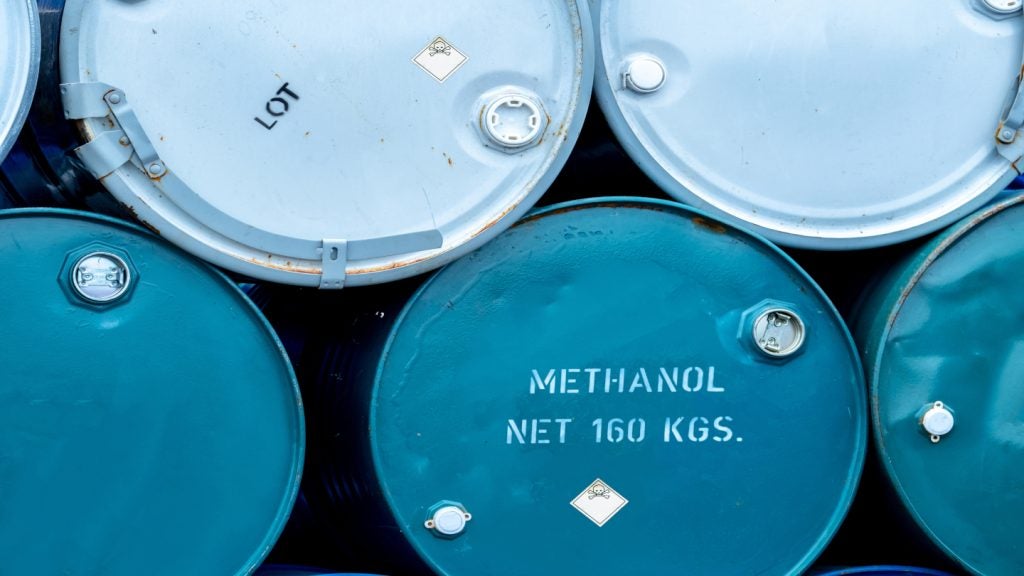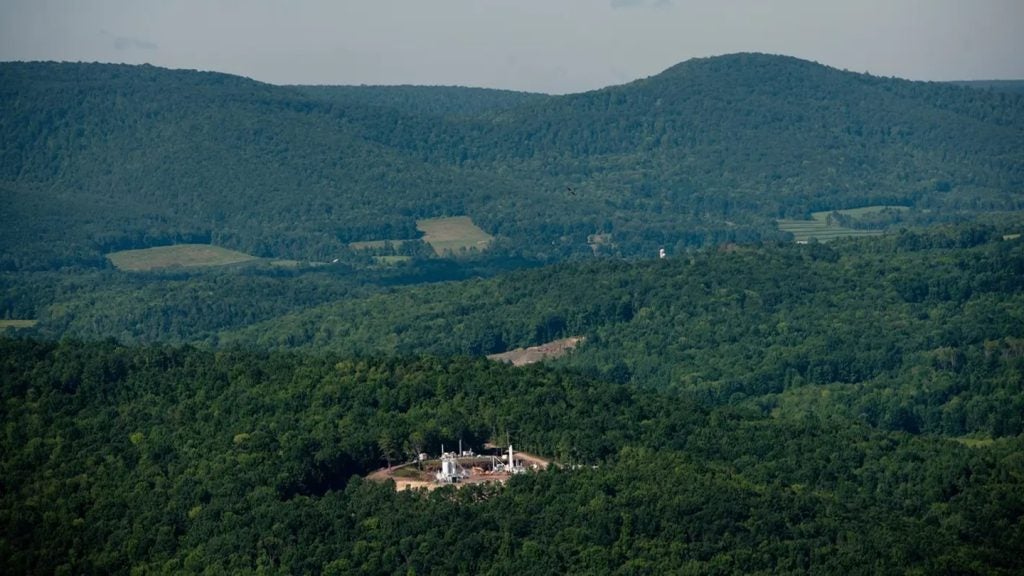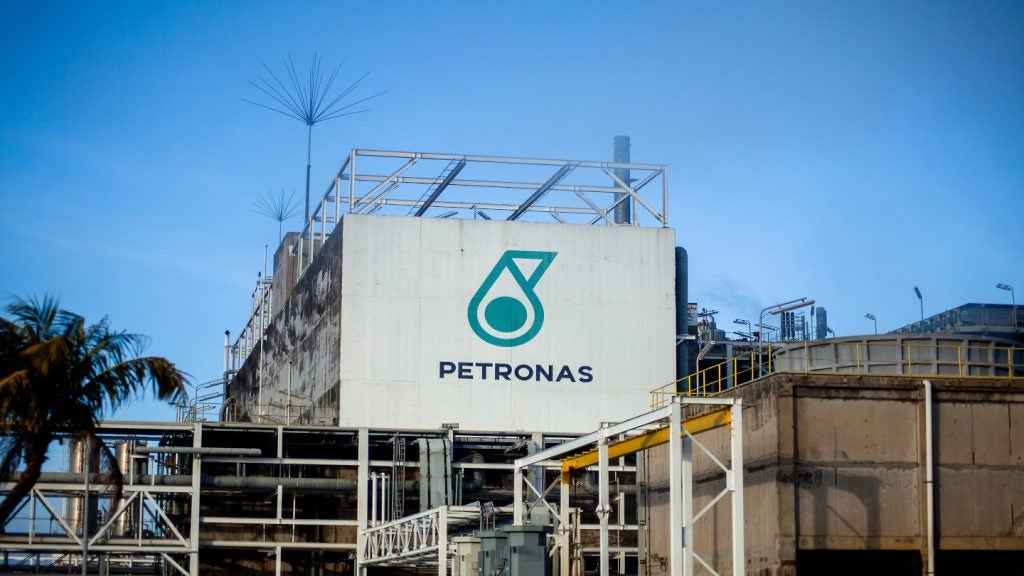TotalEnergies has announced a significant find in the Danish North Sea, where the Harald East Middle Jurassic nearby exploration well (HEMJ-1X) has uncovered additional gas condensate resources.
Situated 250km from Denmark's west coast, the well discovered a 48m net gas condensate pay in high-quality reservoirs.
The HEMJ-1X well is set to be swiftly integrated into the existing Harald platform infrastructure, with production due to commence before year's end.
The well will utilise the established Harald and Tyra facilities to process and transport the newly found resources.
As the lead operator of the Danish Underground Consortium, TotalEnergies holds a 43.2% working interest, alongside partners BlueNord with a 36.8% interest and Nordsøfonden with the remaining 20% interest.
This consortium is responsible for the development and management of the Harald field.
TotalEnergies senior vice-president exploration Kevin McLachlan said: “The success of the Harald East Middle Jurassic well, nearby our Harald facilities in Denmark, demonstrates the strength of our Exploration strategy.
“This additional discovery at the Harald field will contribute to Danish energy supply by boosting our existing production in the North Sea in line with the Danish National Compromise.”
Drilling at the HEMJ-1X well commenced in June this year, following a final investment decision taken by the project partners. The well was spud by the Shelf Drilling Winner jack-up rig.
BlueNord chief operating officer Miriam Lykke said: “I am very pleased with the preliminary results from the HEMJ well and look forward to the well being completed and on production.
"Pending further data and final results, the HEMJ well is expected to increase production from the Harald field in the Danish Underground Consortium (the 'DUC'), extend the life of the Harald hub and contribute to the energy security of supply in Denmark and Europe."
In related developments, TotalEnergies awarded Shearwater Geoservices a second ocean-bottom node (OBN) survey project in Angola.
The three-month survey in the Golfinho and Cameia fields will employ Shearwater's advanced Pearl node technology and the SW Tasman vessel, which features seismic node-laying and is equipped with dual remotely operated vehicles.


